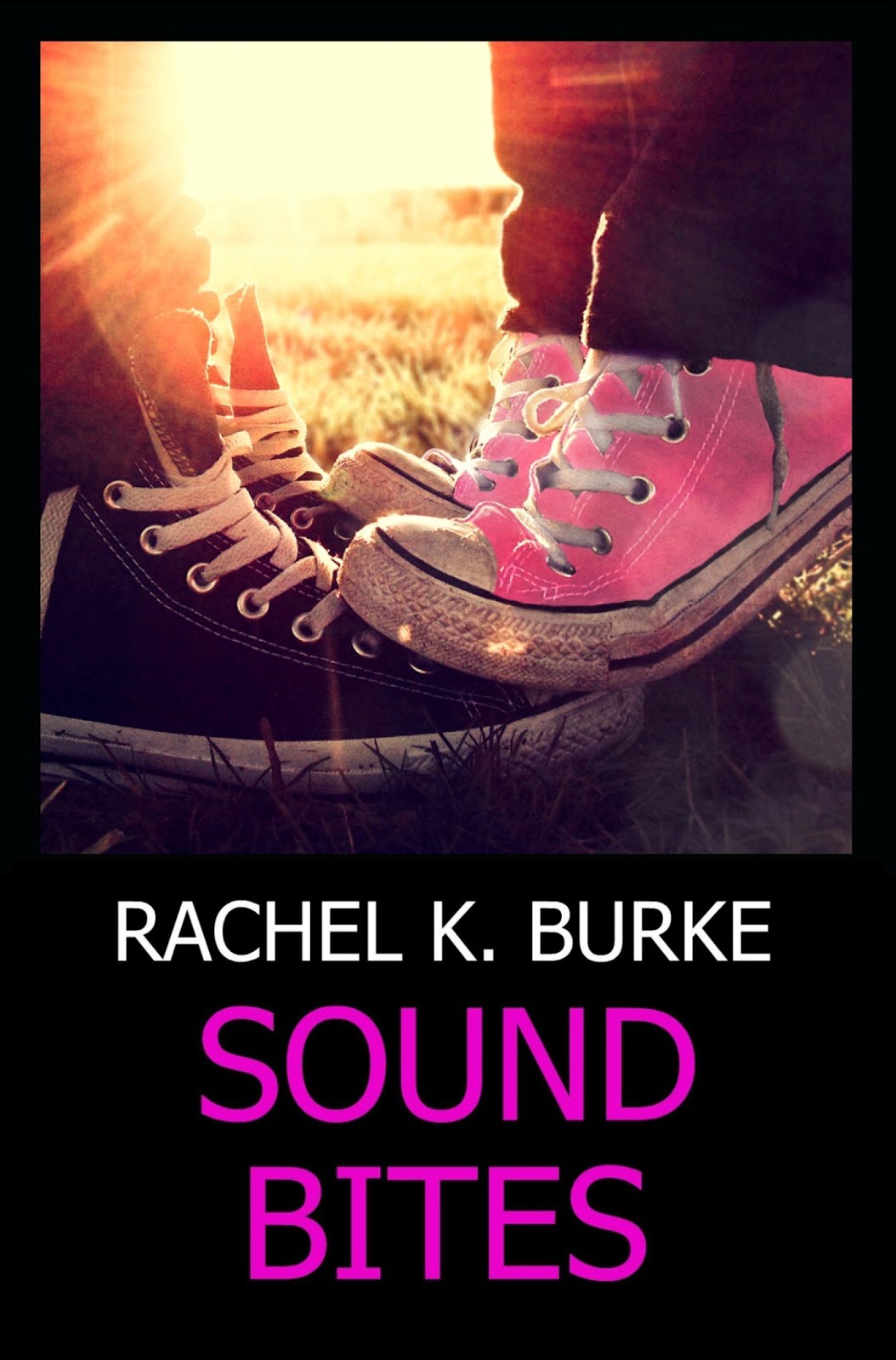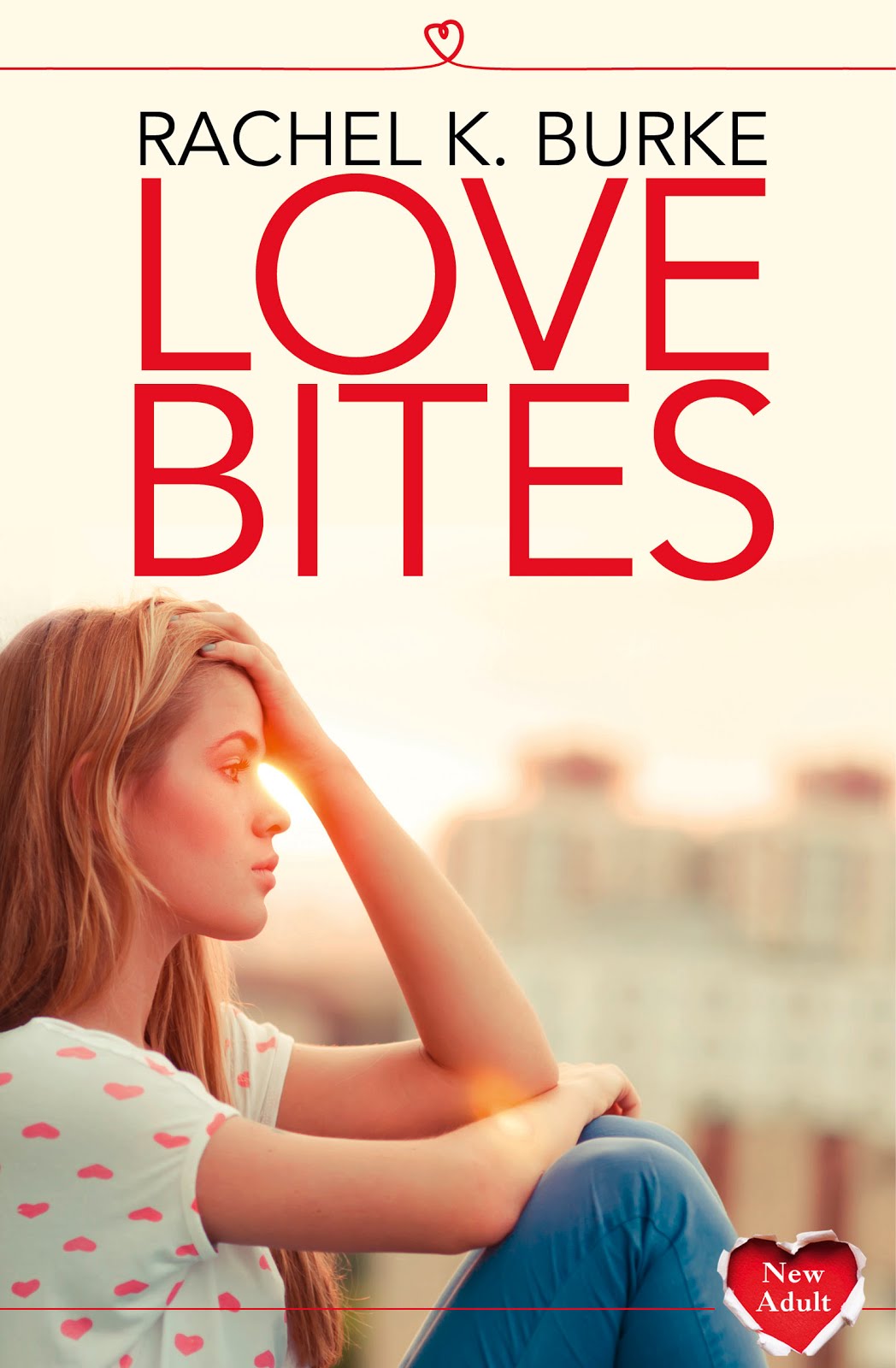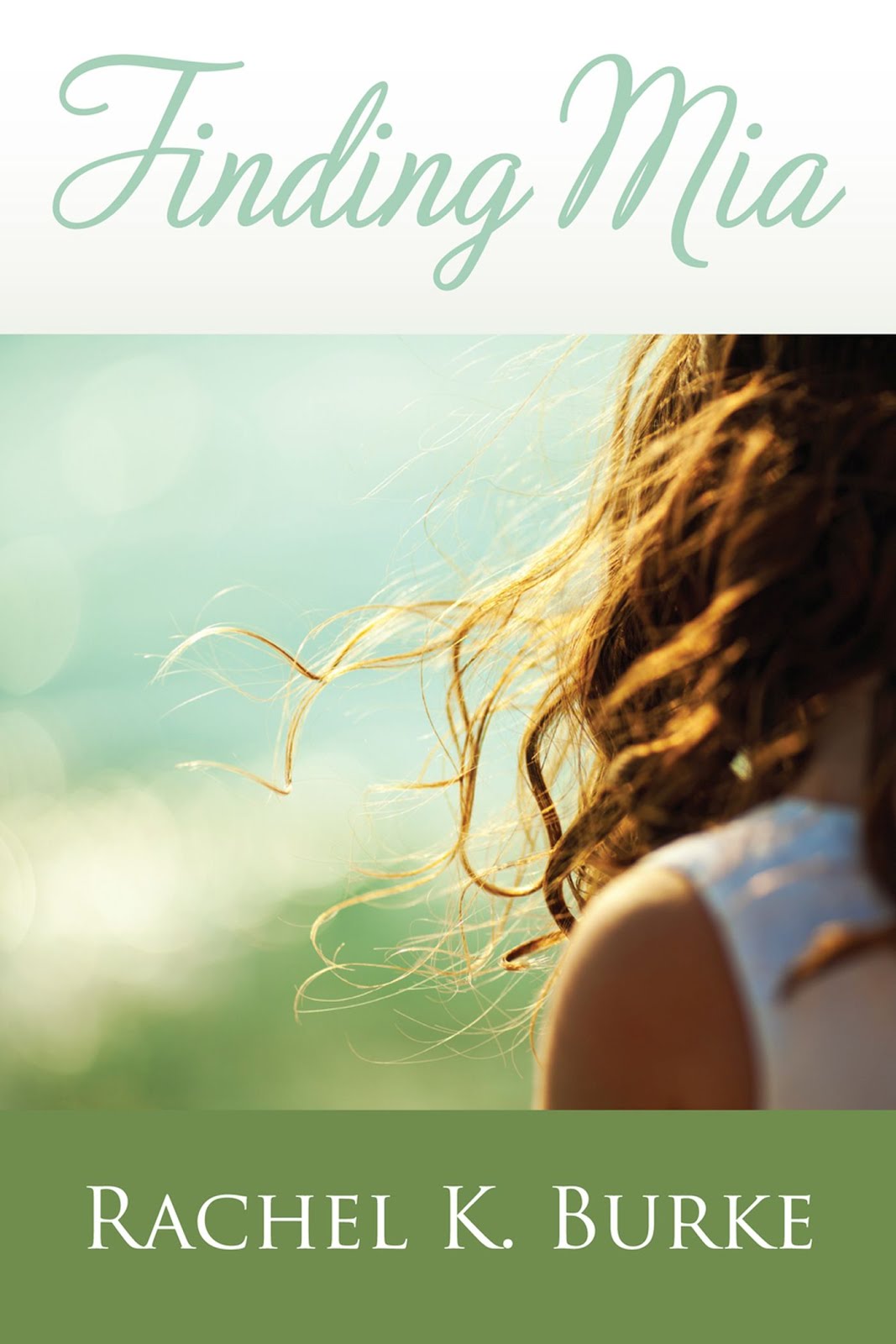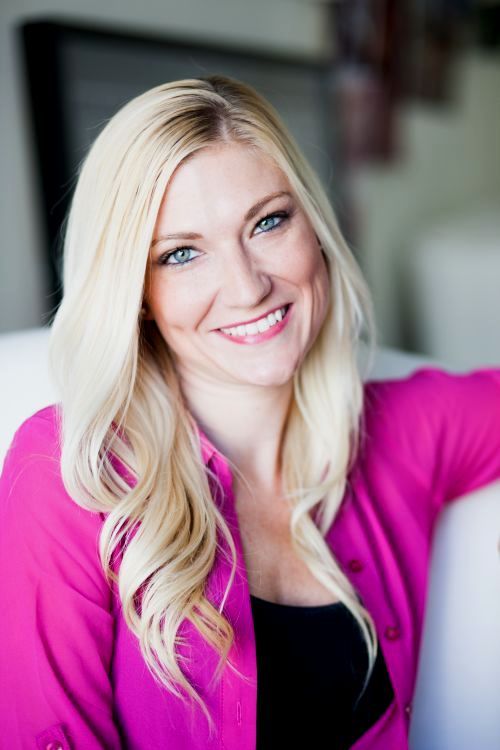Amazon.com is making it easier than ever for
writer’s today to be successful. With Amazon’s KDP Program – Kindle Direct
Publishing – authors are now able to steer away from the traditional publishing
route and expose their work to millions of consumers instantly, and also keep
the majority of the profits.
Let me start by sharing my own personal
success story, and then I’ll explain how you can do the same.
For the past five years, I unsuccessfully
attempted to land a traditional publishing deal. I went to writer’s workshops
in New York City
But after several years of pitching my book to
publishing houses with no luck, my agent and I parted ways, and I decided
to release the book on my own.
To be honest, I never wanted to self-release,
because to me, it felt like failure. However, after reading numerous success
stories about the Kindle store from authors whose situations were all similar
to my own, I decided to follow suit. And I’m more than grateful that I did.
As much as I love print books and physical CD’s,
the wave of our future is inevitable: we are entering the digital era. So
instead of fighting it, we should ride the digital wave, and take advantage of
all it has to offer.
In January, I released my book in the Kindle
store. It wasn’t easy. It took a lot of effort to learn how to format the book
to a Kindle-sized file, to design and format the cover, and to learn how to
market the book myself. But after a lot of patience and hard work, I did it.
By June, my book had made it to the top 100 in
three different young adult categories in the Kindle store, and was selling
almost 2,000 copies per month. I’d finally done it – I’d accomplished my dream
of being an author, without the help of any major publishing houses.
eBook
Registration:
1.
Create an Amazon KDP account:
If you already have an Amazon account, you can
sign in with that. If not, click “sign up” and enter your information.
2.
Create a CreateSpace account:
Go to http://www.createspace.com,
create an account and enter your book information. CreateSpace is a division of
Amazon where you can later release your book in print. They will also issue you
an ISBN for your book, which you can include on your copyright page.
(Technically, eBooks don’t require an ISBN, but it does look professional to
include on your copyright page).
Book
Cover Design and Cover Pages:
1.
Book Cover Image:
One of the key elements to successful book
sales is a having a marketable book cover.
I purchased a high-resolution image from
istockphoto.com (prices typically vary from $20-40 for a decent size, sometimes
higher) and then hired a graphic designer to put together my cover.
The ideal side for a Kindle book cover is
600×900 pixels, and the resolution should be 72 dpi for optimal web viewing.
Ideally, it should also be a JPG image.
Book Cover Sample
2. Cover
Page, Copyright Page and Dedication Page:
The first page of your manuscript should be a
title page which includes the title and author name.
The second page should be the copyright page.
If you have a dedication page, that should be
the third page.
Cover
Page Sample
Copyright Page Sample
Manuscript Formatting for Kindle:
Once you’ve completed the registration and
book cover stages, it’s time to format your manuscript to fit the Kindle.
Text
and File Formatting: Your manuscript should be in Word format (.doc or .docx). The end of each chapter should have a page break so the chapters don’t run together.
Paragraph indents and line
spacing: The
biggest formatting issue is fixing paragraph indents. First line paragraph
indents should never occur using the tab button (which we’ve all done).To fix
this, use Word’s find and replace feature (ctrl+H shortcut). Under find, enter
“^t” (for tab) and under replace, don’t enter anything. Then select “replace
all.” This will eliminate all your paragraph indent tabs.
Once you’ve done this, you can modify your
paragraph style to define a special first line indent. (0.3 is a good size
indent).
To define a special first line indent, go to
the paragraph feature in Word. Under indentation, go to “special” and select
“first line” by “.03”.
To format line spacing, go to spacing,
(underneath indentation) and make sure “before” and “after” are both set at
“0.” (See photo.)
This will ensure that all your paragraph
indents match, and that your line spacing is equal throughout the book.
3. Convert Manuscript to .Mobi Format:
Once
you’ve completed the formatting, you will need to convert your document to
.mobi format, which is a Kindle file. There are various websites that will do
this for you (such as http://ebook.online-convert.com/convert-to-mobi).
You will upload your manuscript doc, download your manuscript in .mobi format,
and save the file to your computer.
There
are also ebook conversion services that will format and convert your files
for you, such as Word-2-Kindle (http://www.word-2-kindle.com/).
They do all the technical work for you for a $49 fee. They also
provide other services such as cover design, print formatting and copy editing.
4. Upload Files to Amazon KDP:
Next, you can log into Amazon KDP, click on
“add new title” and upload your book title, summary, ISBN, author bio and
photo, manuscript (in .mobi format) and cover image (in JPG format). Your book
file will be uploaded and on sale within 48 hours.
Amazon’s royalty payout is every 30 days, so
your payout will be deposited into your account by the 31st of each month.


























